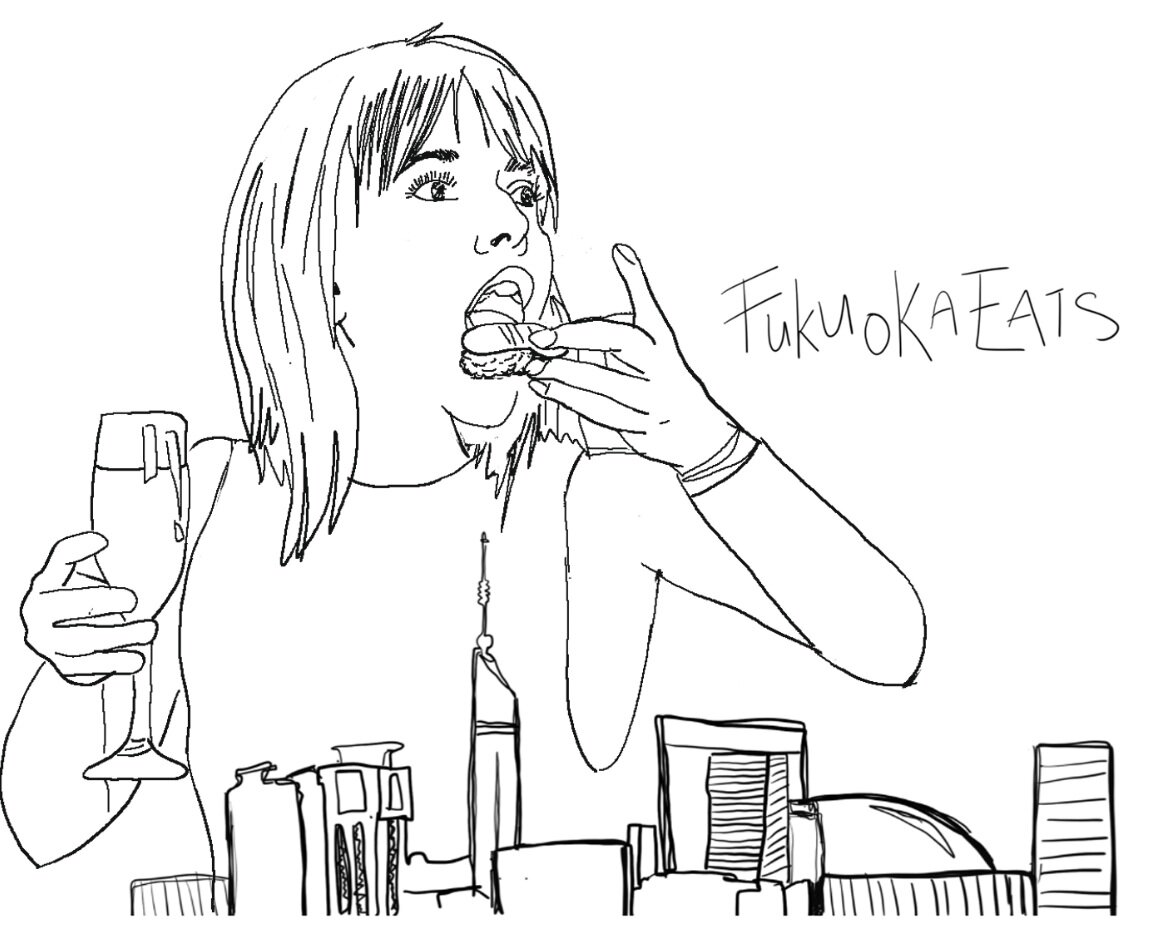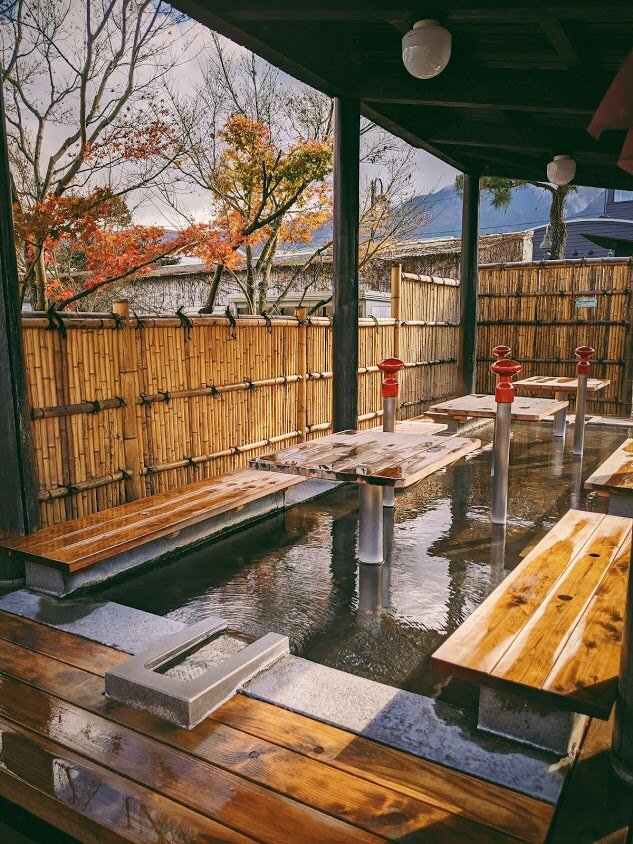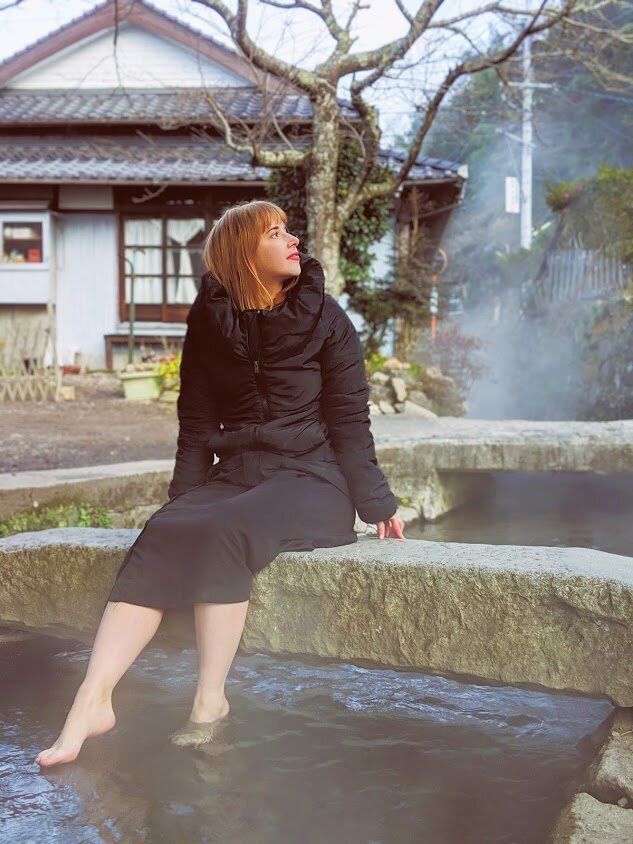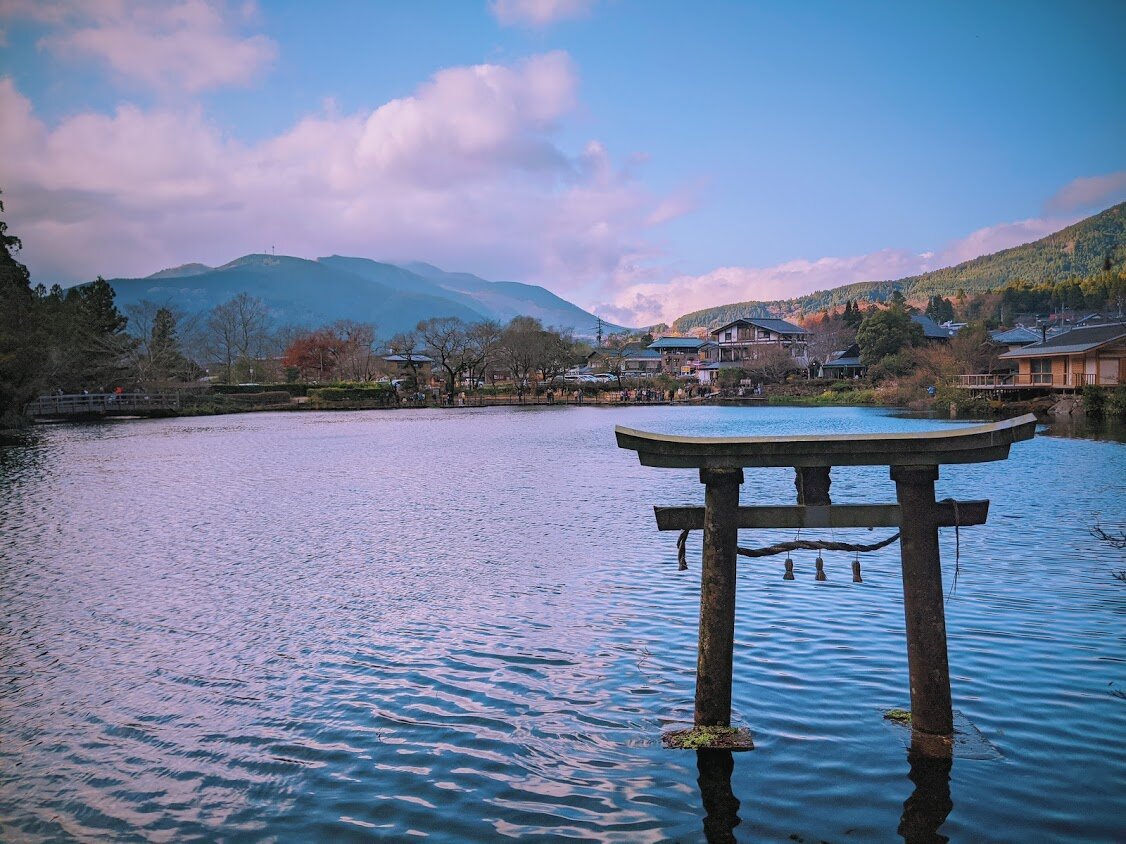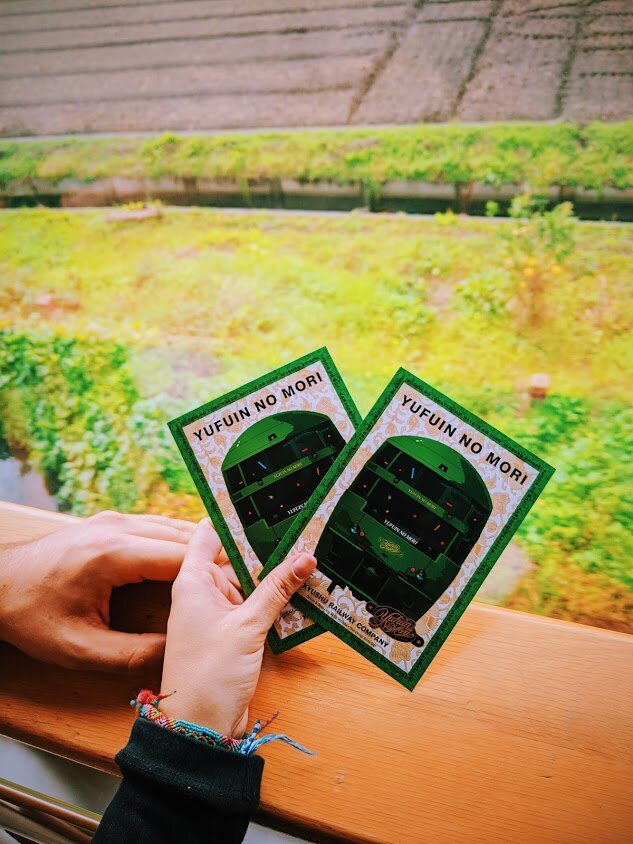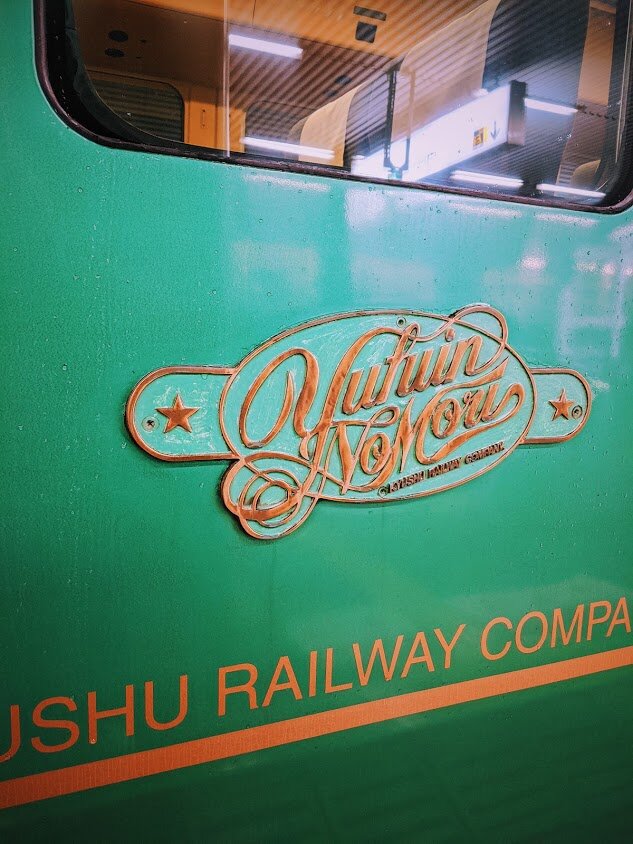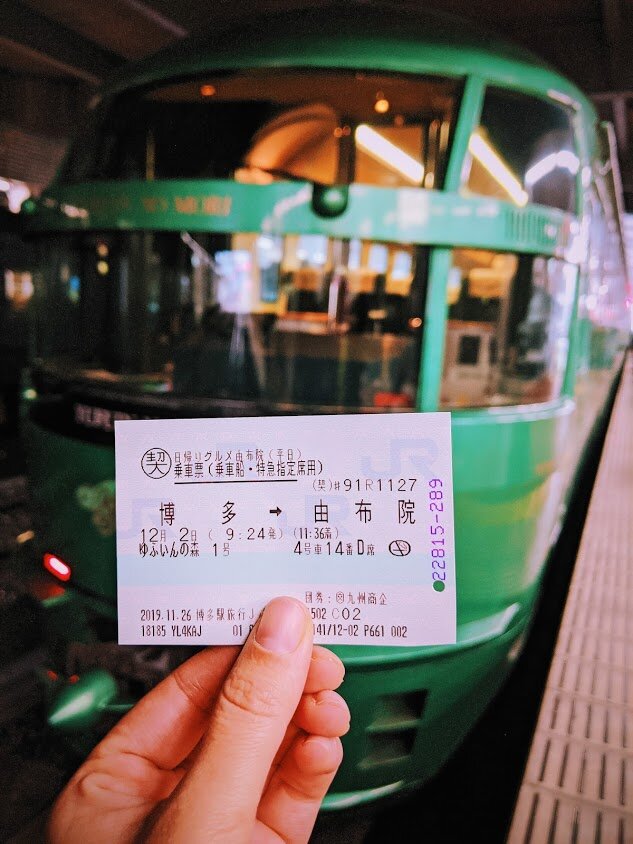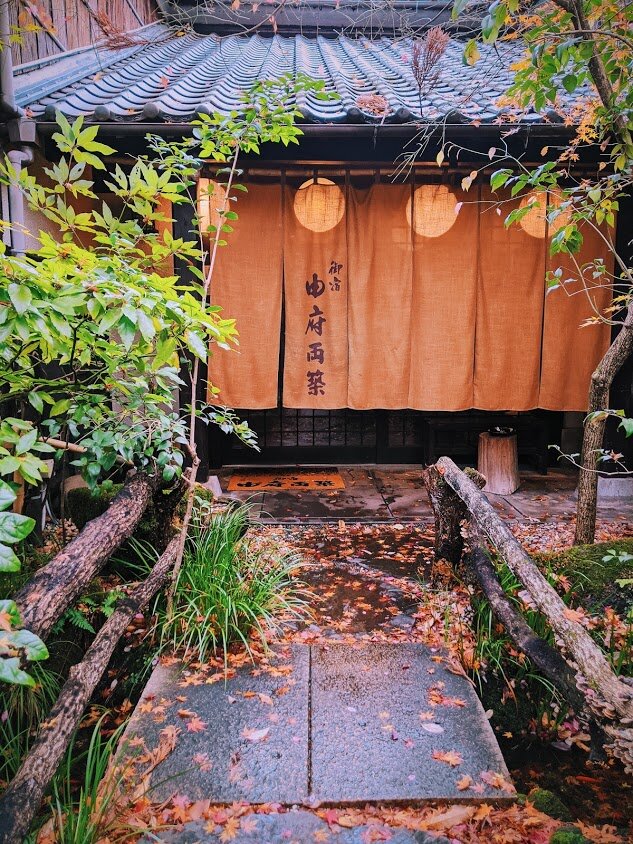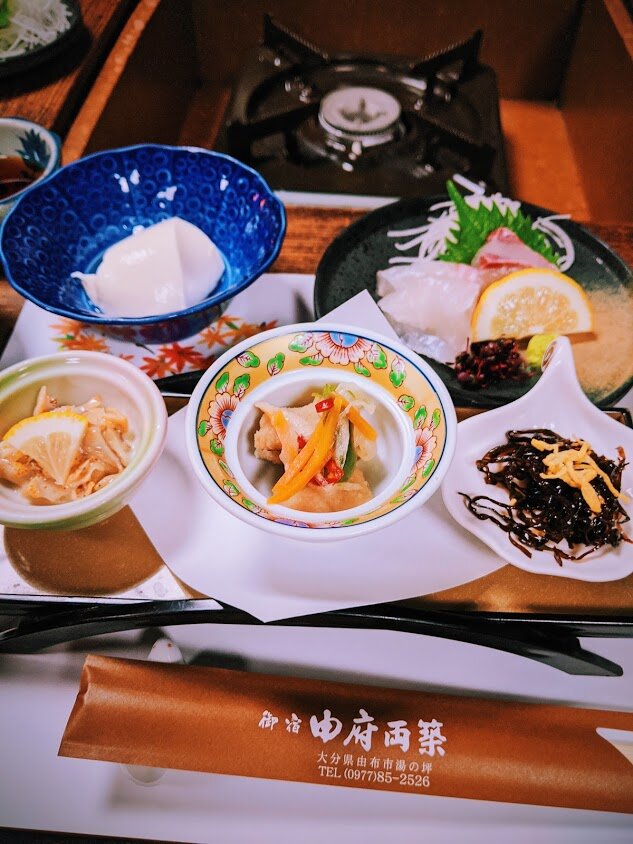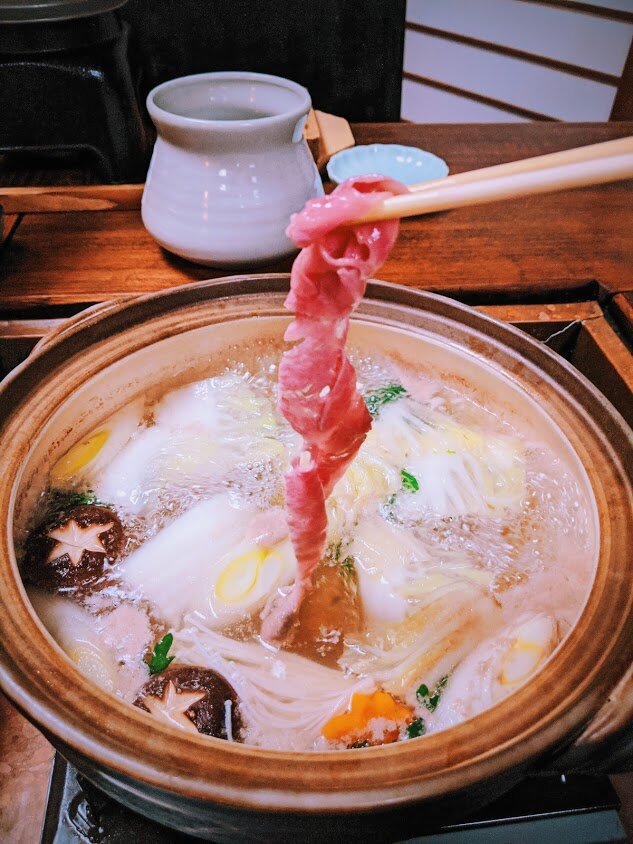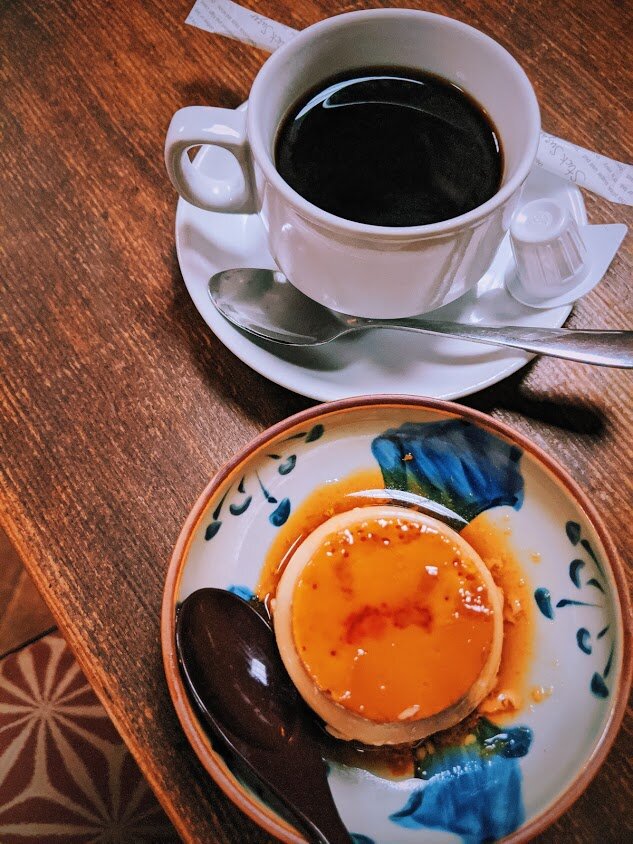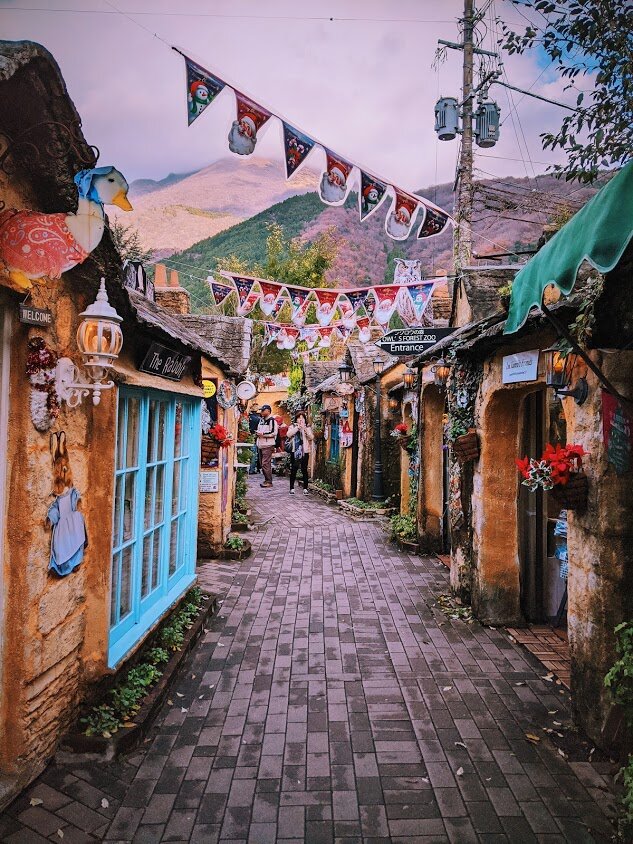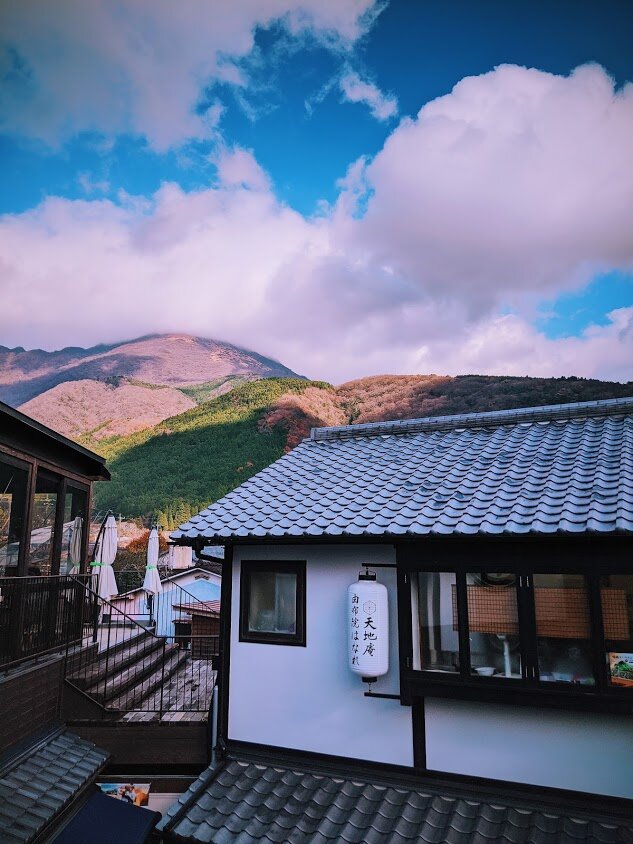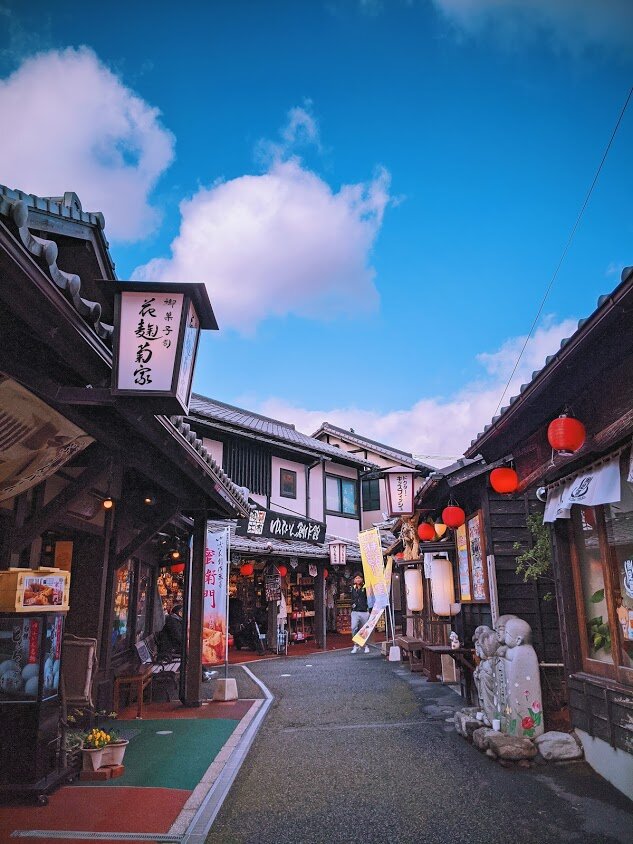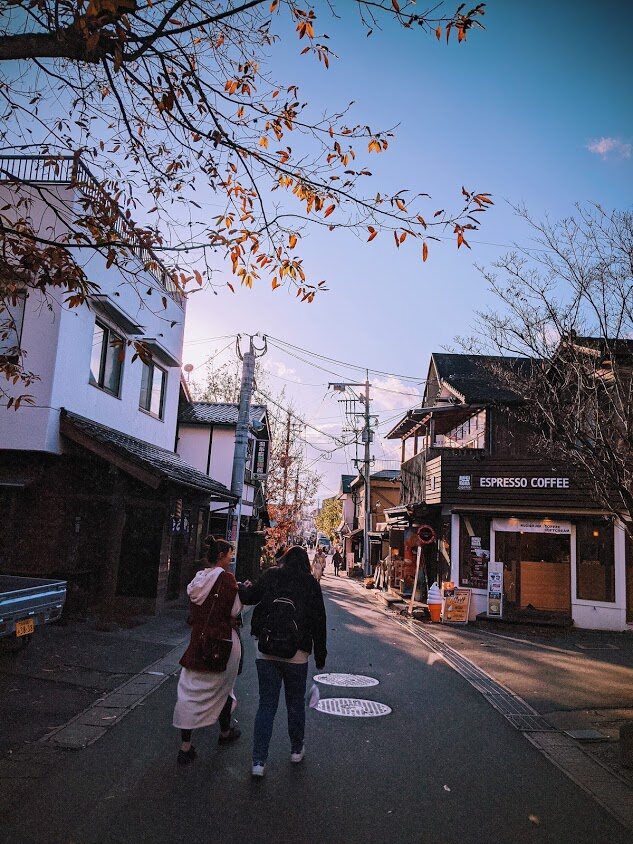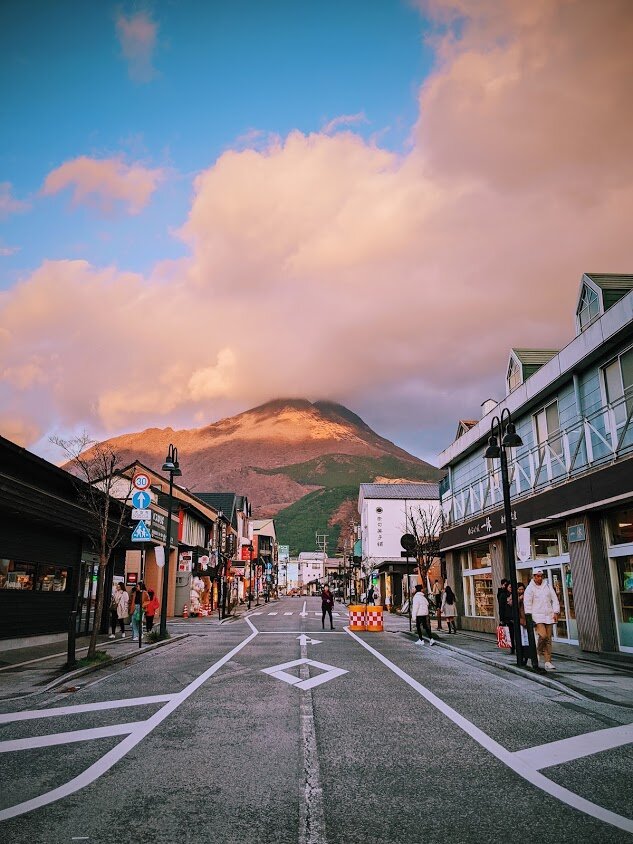How to Book Fukuoka To Yufuin on a Discount JR Ticket + Japanese Glossary For Booking!
When you live in Japan for a while you start to clue in to, and appreciate the special deals that are marketed to Japanese residents, rather than the travel deals that are advertised in English towards tourists. As your language abilities begin to sharpen, challenging yourself to make reservations and plan outings in Japanese is a good way to put your knowledge into action!
(Scroll to the bottom to review a little list of the more complex Japanese phrases you’ll need to know for booking this trip!)
One of my favorite ways to organize a day-trip within Kyushu, is with this JR / JTB Ace collaboration travel pamphlet, called 駅長のおすすめ日帰りグルメ旅 (Roughly translated as "The Train Station Master's Recommended One-Day Gourmet Trip") which can usually be found in the pamphlet section of major JR train stations in Fukuoka (or you can click the link to see the pdf file for October 2020 and beyond!)
Reservations can be made at the JTB Travel booth inside of Hakata Station on the first floor, or at any JTB Travel Agency in Kyushu. (If you aren’t confident in your Japanese, it is much easier to make a reservation in person than over the phone.)
A sample of what is in the pamphlet. Options are sorted by area. Prices are for round trip train tickets plus a meal at the participating hotel. Scroll down to the bottom of this blog for a glossary of Japanese words you should know to read these listings.
In this pamphlet, you can find collaboration itineraries to popular destinations all over Kyushu. Each collaboration includes round-trip train tickets departing from Hakata Station (or Kagoshima Station if closer), and a set-lunch at a partnering hotel or ryokan at your destination. When you head out towards the hot spring towns, such as Beppu, Takeo, and Yufuin, Hitoyoshi, Karatsu and so on, many of these trips also include a dip in the local hot spring (note: not all listings include bath so check carefully.)
Disclaimer: Some trips require additional transport to reach the destination (such as Amakusa, which requires a ferry, or more remote areas of Miyazaki or Kagoshima which require you to depart from Kagoshima Station instead of Hakata.) Just to be on the safe side, please assume you can use this particular guide as a base for applying for trips to Beppu, Hita, Yufuin, Kumamoto, Saga, Kitakyushu out of Fukuoka City.
It was the combination of train + meal + hot spring bath that was appealing to me when I booked round-trip tickets to Yufuin on the "Yufuin No Mori" tourist train through this pamphlet, with shabu-shabu lunch at a ryokan in Yufuin, and a one-hour private bath afterwards for 12,800en per person. You can choose your departure and arrival times yourself, so it’s possible to do some sight seeing around your chosen destination before taking an evening train back home, too!
It was exciting riding the classic Yufuin No Mori across Kyushu and through the gorgeous valleys in Hita - the train slows down at various points in the trip to point out waterfalls, and mountain peaks. Bentos, snacks, drinks, coffee, tea, and ice cream are available in the car, so you can have a light snack on your way to your destination. You can stamp memorial Yufuin No Mori postcards to keep as souvenirs, lounge in the cafe car with large open windows overlooking the countryside scenery, or relax in the spacious passenger cars instead.
When you book your trip, make sure you ask if it’s possible to book a seat on the Yufuin No Mori (or any of the special trains, wherever you choose to go) - when I upgraded, it was free because it was a weekday but weekends might cost extra and may book up quicker - it helps to plan in advance!
Once we arrived to Yufuin, we had a nice leisurely walk through the town on our way to the ryokan for lunch. It was only a short walk from the train station, but along a very busy sightseeing road, so we were able to kill two birds with one stone this way - getting an idea of what we wanted to see on our way back while heading to lunch.
A traditional "kaiseki" style lunch, we were served a balanced combination of sashimi, salted ayu (river trout), and beef shabu-shabu, with a healthy serving of rice, tsukemono, and yufuin-made tofu. The dessert of pudding and coffee was just light enough that we didn't head to the private hot spring bath with fat bellies, and left us a little room to snack and try local foods when we explored the town afterwards.
Our package included 50 minutes for free in one of the 家族風呂 (family baths/private bathing), and we had a choice between an outdoor/open air bath, and an indoor one. I'm glad we chose the outdoor bath - onsen in the cold winter months is definitely relaxing, and warms your entire body up so that when you finally get out, you can wander the town and do your sightseeing feeling toasty and warm.
Ten years ago, Yufuin was seen as a more refined version of "Beppu" - the other famous onsen town in Oita Prefecture. Beppu was thought of as being more family oriented while Yufuin was more of a quiet getaway for adults looking to have a quiet and lowkey adventure.
The main tourist street in Yufuin has a lot of charm now, too, but in recent years (prior to Covid19) it had gained popularity as a tourist hotspot for Korean and Chinese tourists, and the economic impact has seemed to shape the atmosphere - a lot of tourist attractions seem to be catered towards what foreigners want to see, as opposed to being catered to locals or anyone looking for an "authentic" and natural Japanese onsen town (I don’t know why Yufuin’s tourist street needs a Shiba Inu cafe, or a European Village, for example) but short-term visitors looking to cram a lot of experiences into one trip might be thankful for all the extra options.
Even though the tourist vibe isn’t for me personally, my partner seemed to really enjoy the trip! The natural scenery in Yufuin is unbeatable, with the looming Yufu-dake mountain a visible presence no matter where you are in the city. The weather changes quickly at the foot of the mountain, and so we were treated to cloudy Yufuin, sunny Yufuin, and freezing cold Yufuin, all in one afternoon. Those who are more adventurous than I - you can even try hiking Yufu-dake, if you bring the right equipment and shoes. Kinrinko lake was a nice walk, with steam rising from the cold water, you can even dip your feet in if you walk to the far side of the lake!
At the end of the day, you can make your way back to Yufuin Station and head onto the platform for a public foot-bath while waiting your train. There are also a few souvenir shops nearby the station as well, so it's easy to kill time if you find yourself waiting for your train a little longer than anticipated.
Some Yufuin specialty foods include their famous Yufuin roll-cake, and traditional miso soup with noodles - dagojiru. The souvenir shop should also have a few kabosu (local citrus) flavored beer and cocktails in their fridge so keep an eye out for those.
Anyway, I hope you found this useful. The trip was fun, simple, and it was nice to fit so many activities and some fresh scenery into a one-day trip. I passed out on the train home, I was so exhausted at the end of the day. I'm already planning to use the JR pamphlet to plan another trip sometime soon, I'm thinking about heading out to Amakusa or maybe Karatsu next time!
Japanese To Know When You Book:
基本 (Kihon / Standard)
基本料金 (Kihon Ryokin / Standard Price)
基本プラン (Kihon Puran / Standard Plan)
追加 (Tsuika / Additional)
追加代金 (Tsuika Daikin / Additional Price)
博多駅発着 (Hakata Eki Hacchaku / Leaving & Returning to Hakata Stn)
食事場所 (Shokuji Basho / Where To Eat )
テーブル席 (Te-buru Seki / Table Seat)
個室 (Koshitsu / Private Room)
食事開始時間 (Shokuji-Kaishi-Jikan / Start Of Meal Service)
入浴 (Nyu-yoku / Bathing )
入浴時間 (Nyu-yoku Jikan / Bathing Time)
休憩時間 (Kyukei-Jikan / Resting Time)
交通 (Kotsuu / Transportation)
徒歩 (Toho / By Foot)
約 (Yaku / Approximately)
分 (Fun / Minutes)
送迎 (Sougei / Shuttle Service)
無料 (Muryou / Free)
無料送迎あり (Muryou-Sougei-Ari / Free Shuttle Service Available)
なし (Nashi / Not Available)
手仕舞日 (Tejimaibi / Application Deadline) *
3日前 (Mikka-Mae / Three Days Before (Travel Date)) *
**名様より申請OK ( **meisama-yori-shinsei OK / Minimum ~ People Required)
* Each of these conditions will change listing to listing. Some listings are okay with a single person applying and will accept reservations up to 1-2 days before travel. Others will have a minimum amount of 2 customers to apply, and will require more advanced notice! These are written at the top right of each listing!
Good Luck, and Happy Travels! Don’t forget you can always send me an e-mail if you have any questions or concerns about travelling, or tips and advice for how to update my blog posts to be more useful!
